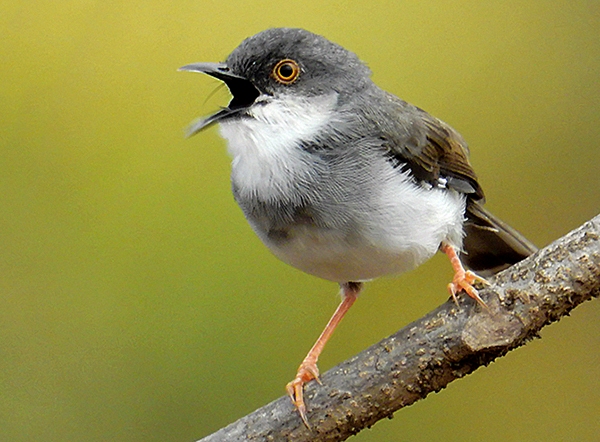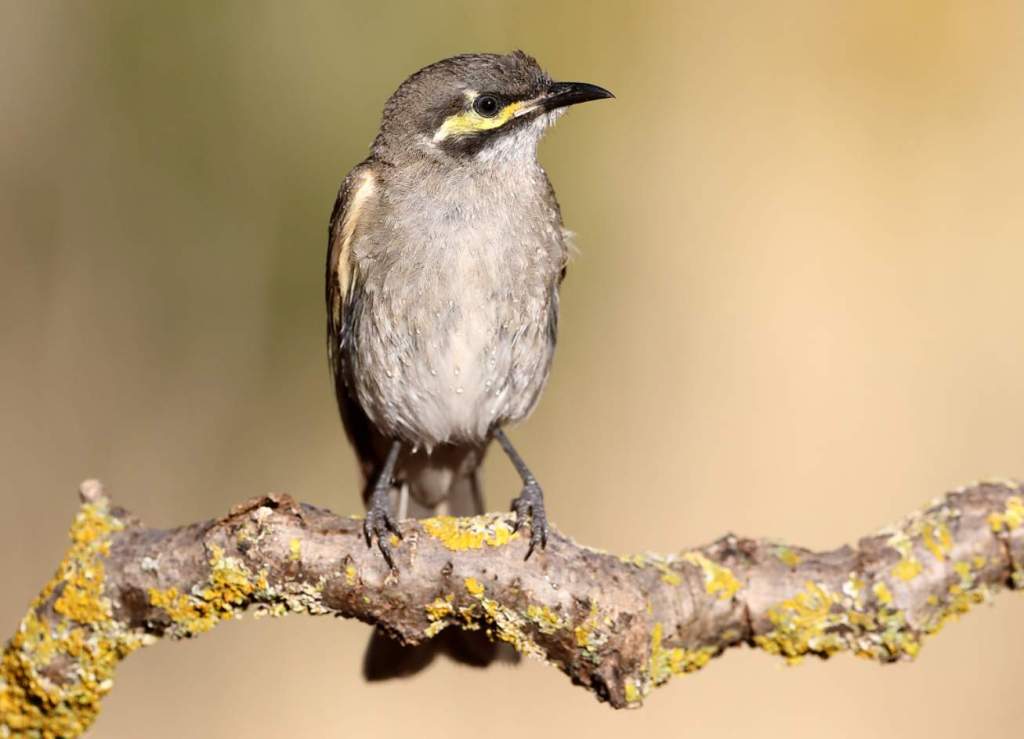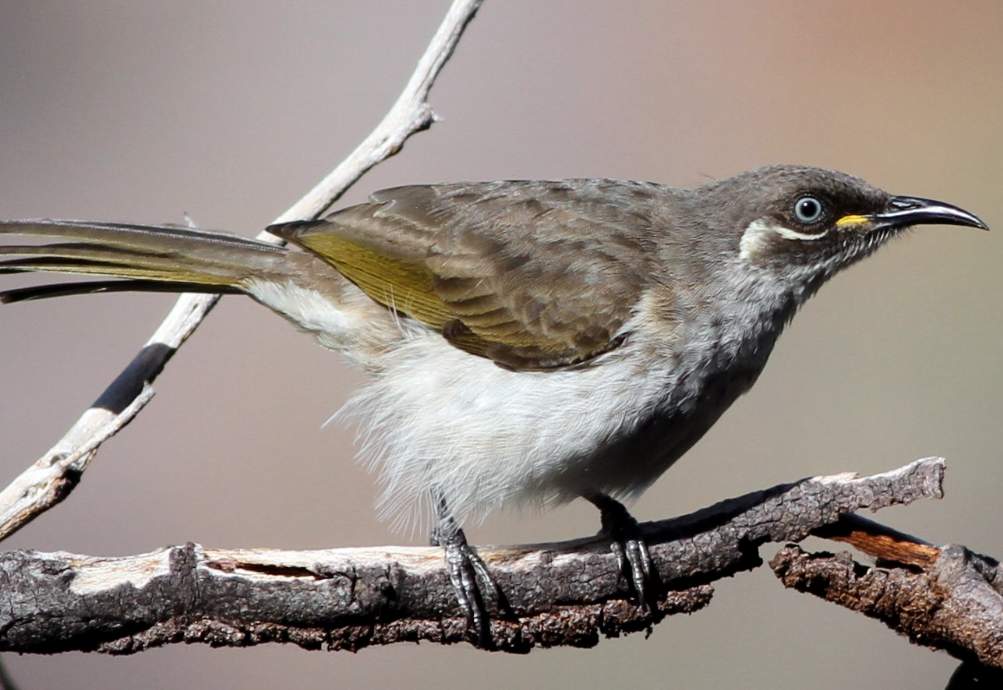The grey-breasted prinia or Franklin’s prinia (Prinia hodgsonii) is a small bird about 11–12 cm in length. The rufous brown wren-warbler is recognized mainly by its longish grey tail tipped with black and white. Sexes are similar. It affects scrub jungles with coarse grass and thorn bushes, mango groves and deciduous forests with rank undergrowth, gardens, bushes, and hedgerows in cultivation, and to some extent bamboo jungles, mangrove swamps, and reeds.
Grey-breasted Prinia keeps singly or in pairs during the breeding season; otherwise, it keeps in roving parties of nine to ten, sometimes up to twenty or more individuals. The bird is more gregarious than the tawny-flanked Prinia (Prinia subflava) but otherwise very similar to it in habits. It works its way through the undergrowth, hunts among twigs and foliage of small trees, and flits jerkily from bush to bush with a constant flicking of the tail, the birds loosely following one another.
Related Reading: Graceful Prinia (Prinia gracilis)
Display
The bird is a lively and spirited performance. The male mounts to a prominent perch on a bare tree or bush-top and excitedly warbles his loud, squeaky song. Another turn in the display consists of some spectacular acrobatics when the bird springs up in the air and executes a series of vertical wave-crests and steep nose-dives in quick succession, to the accompaniment of the song.

Food
Food is mainly consisting of insects: ants, tiny beetles, caterpillars, etc. It also takes nectar from blossoms of Butea, Erythrina, Bombax, Woodfordia, etc. and often carries pollen adhering to forehead feathers.
Call / Song
Grey-breasted prinia call is conversational notes, an incessant tinkling zee-zeezee or pree-dcc-dcc as the birds move along. During the breeding season, the male pours forth a vehement, squeaky song from a bushtop: chiwee-chiwee-chiwi- chip-chip-chip (or yousee-yousee-yousee-which-which-which-which).
The chiwee portion starts low and feebly and is quickly repeated three or four times. It rises in pitch at each successive note and ends loudly and abruptly after the third or fourth chip. Reminiscent of the song of P. socialis in an overall pattern yet distinct enough to be unmistakable. Rather noisy and conspicuous in the breeding season when the males sing vehemently from exposed situations. Pairs form between March and May, according to local weather conditions.
Breeding season starts from the middle of June to October, chiefly July and August, during the height of the monsoon. It’s a common resident of the Indian Peninsula between Pakistan and Bangladesh, and between the ranges of the Himalayan foothills and southern India in the plains and hills up to at least 1000 meters. It may be subject to local movements; it occurs commonly in the plains of Madhya Pradesh during the winter but has been noted as absent during the rains. In the Hindi language, it is called phitki.






